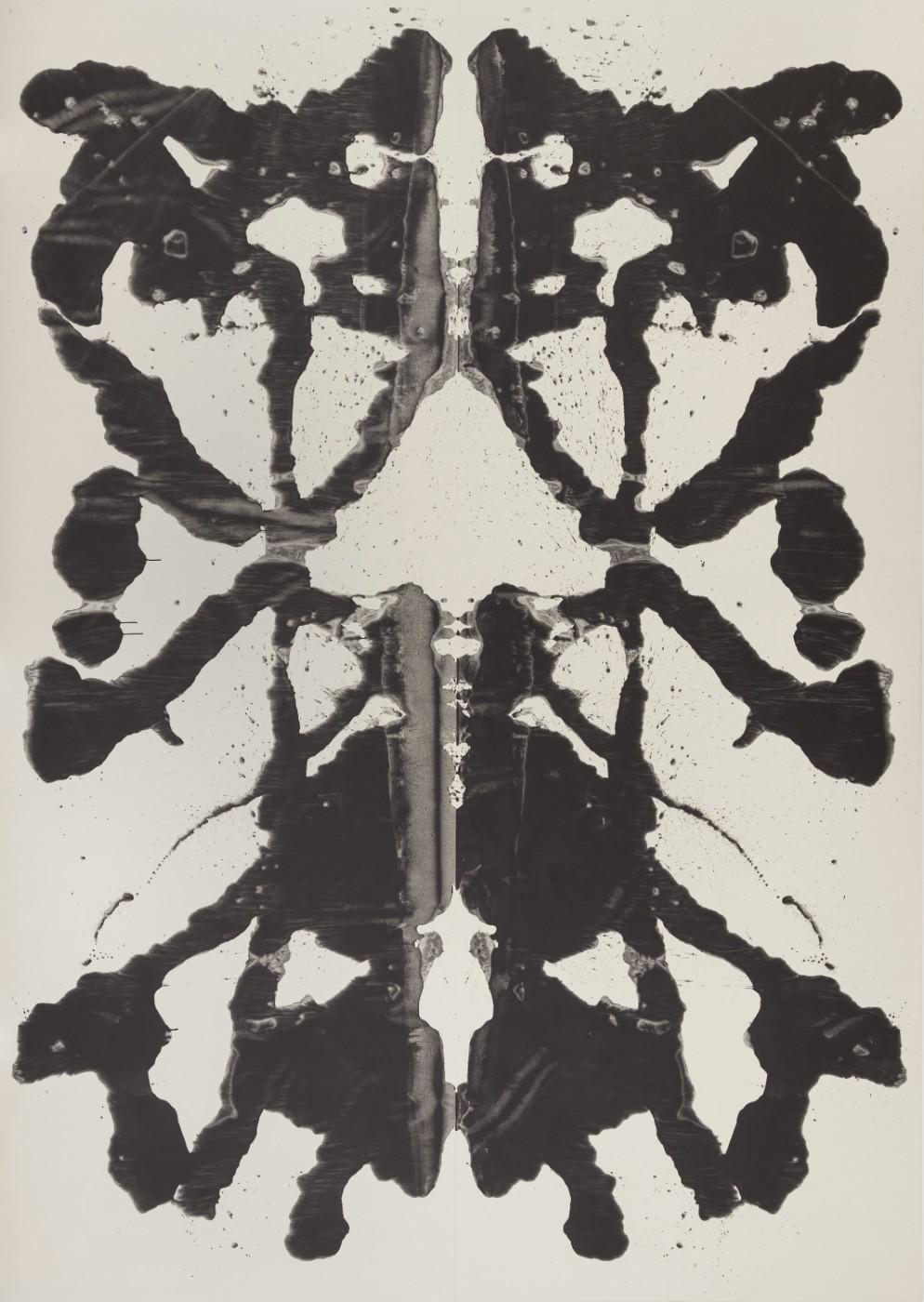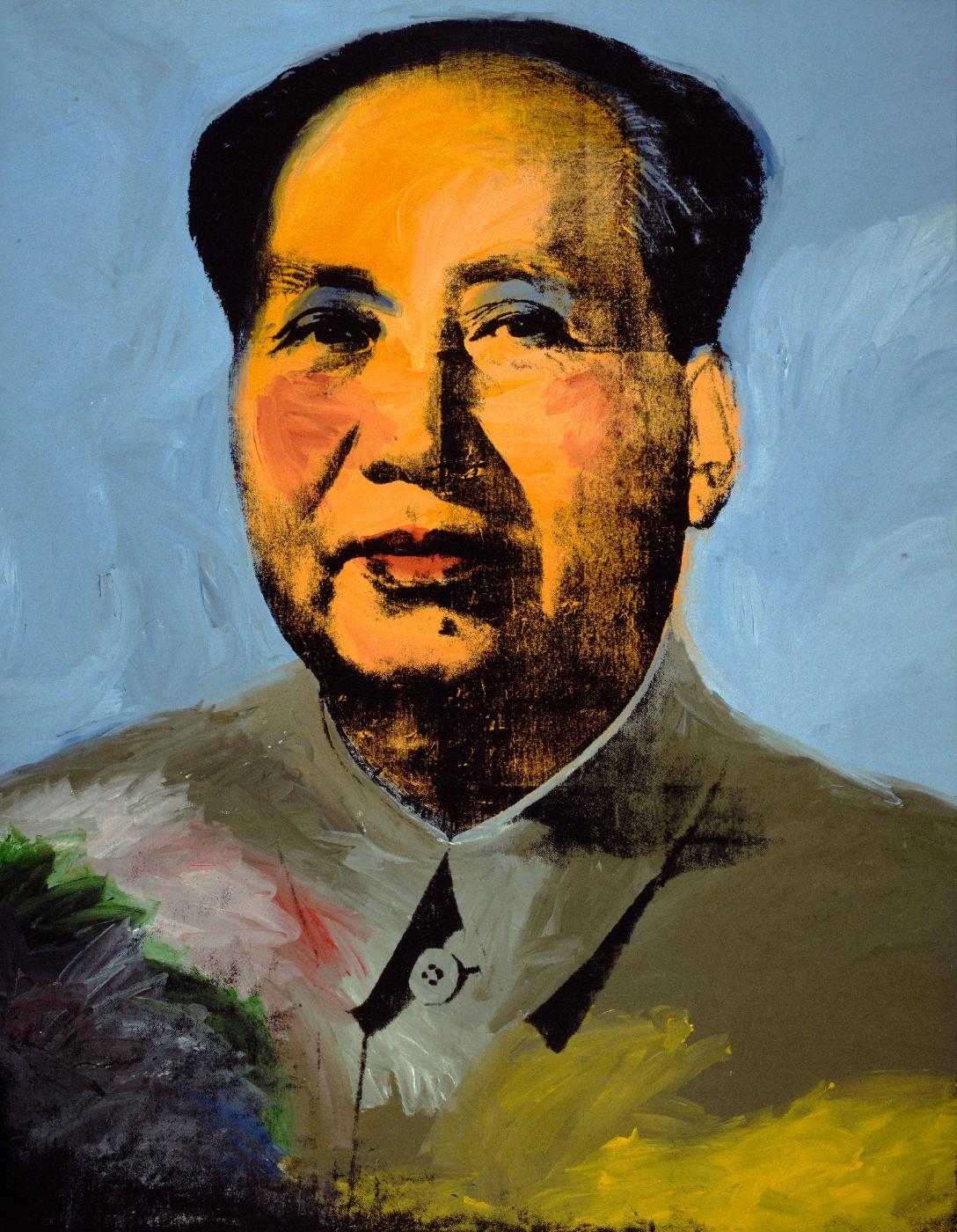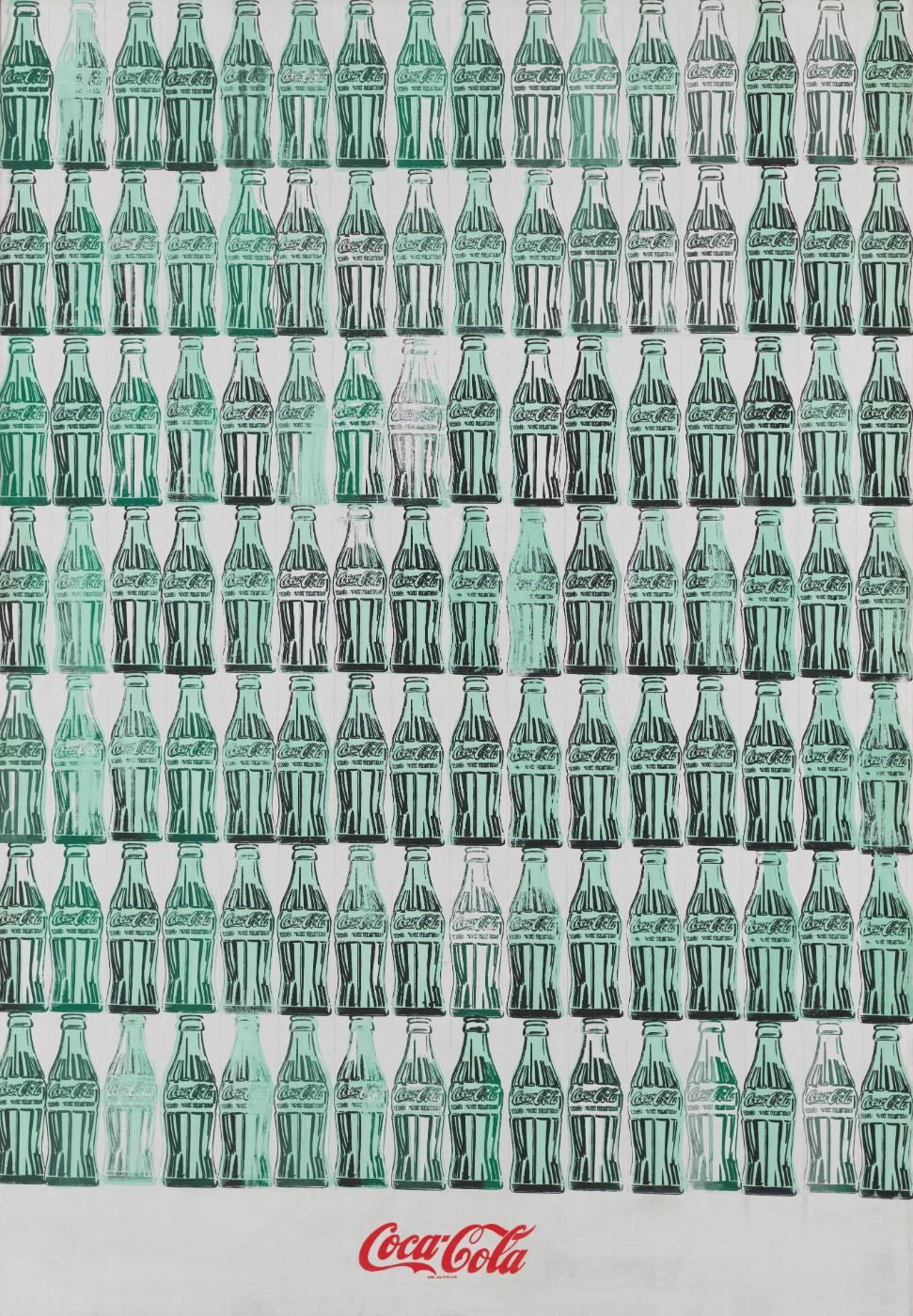Organized by Donna De Salvo, Deputy Director for International Initiatives and Senior Curator, with Christie Mitchell, senior curatorial assistant, and Mark Loiacono, curatorial research associate, the exhibition gives insight into Warhol’s evolution as an artist and his artistic explorations of cultural and sexual identity. A gay Catholic, Warhol revolted against the machismo associated with the Abstract Expressionists. Instead of messy, expressive works, Warhol utilized his experience in commercial art to craft multi-layered works that were bright, bold, and clearly representative. Quickly becoming successful and famous, Warhol's flamboyance and innovation radically impacted the art world and our cultural landscape.
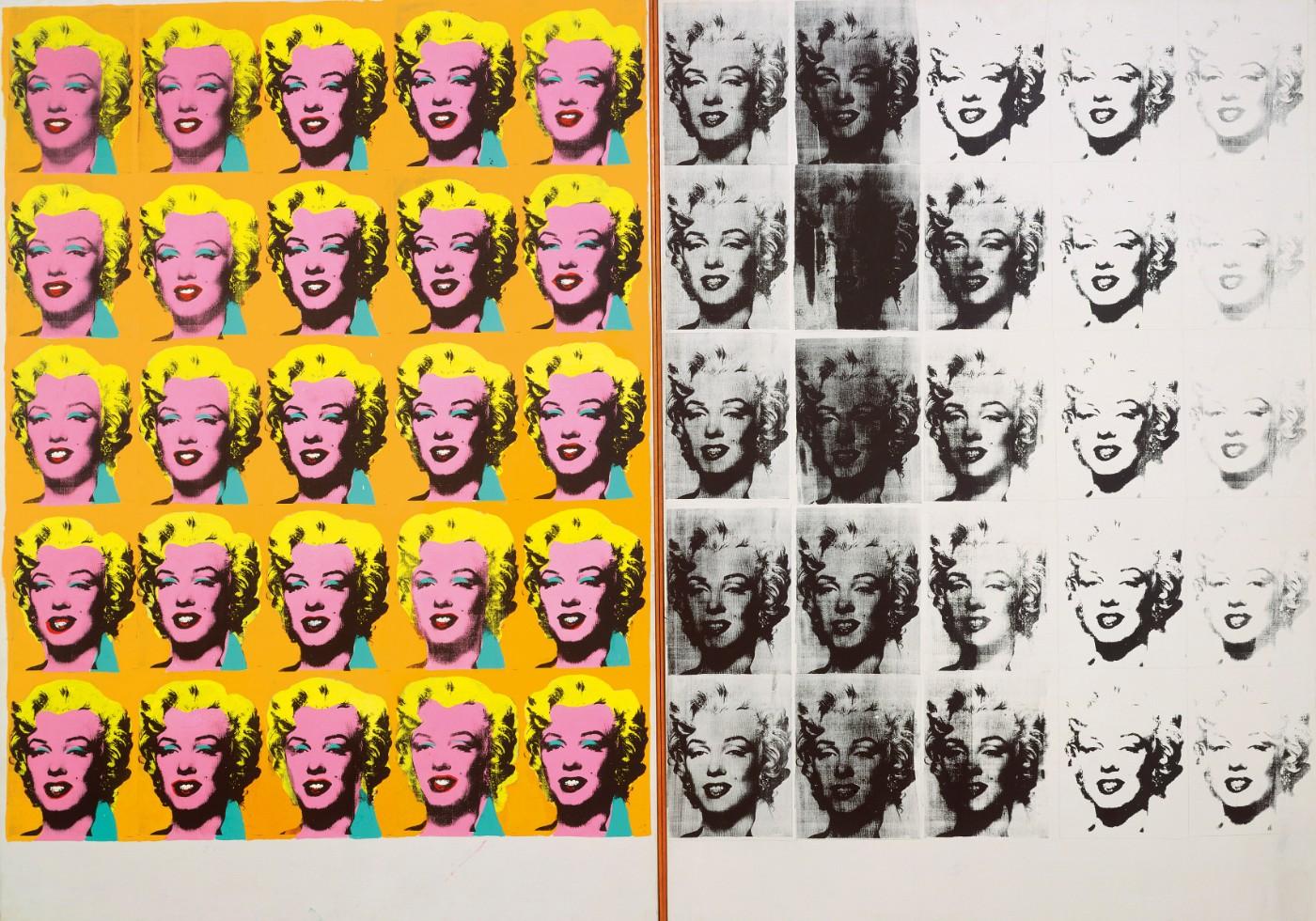
Andy Warhol (1928–1987), Marilyn Diptych, 1962. Acrylic, silkscreen ink, and graphite on linen, two panels. Tate, London.
In the first Andy Warhol retrospective organized by a U.S. institution since 1989, the Whitney Museum of American Art offers a new perspective on one of the world's most recognizable artists. With a title inspired by his 1975 memoir, The Philosophy of Andy Warhol (From A to B and Back Again), the exhibition encompasses Warhol’s entire career, from the 1940’s to the 1980’s, starting with student drawings and early commercial illustrations, and moving on to his iconic silk-screened Pop art, experimental films, and Polaroid-based portraits of celebrities. Andy Warhol—From A to B and Back Again is the largest monographic exhibition to date at the Whitney's new location, containing over 350 works of art, many assembled together for the first time.
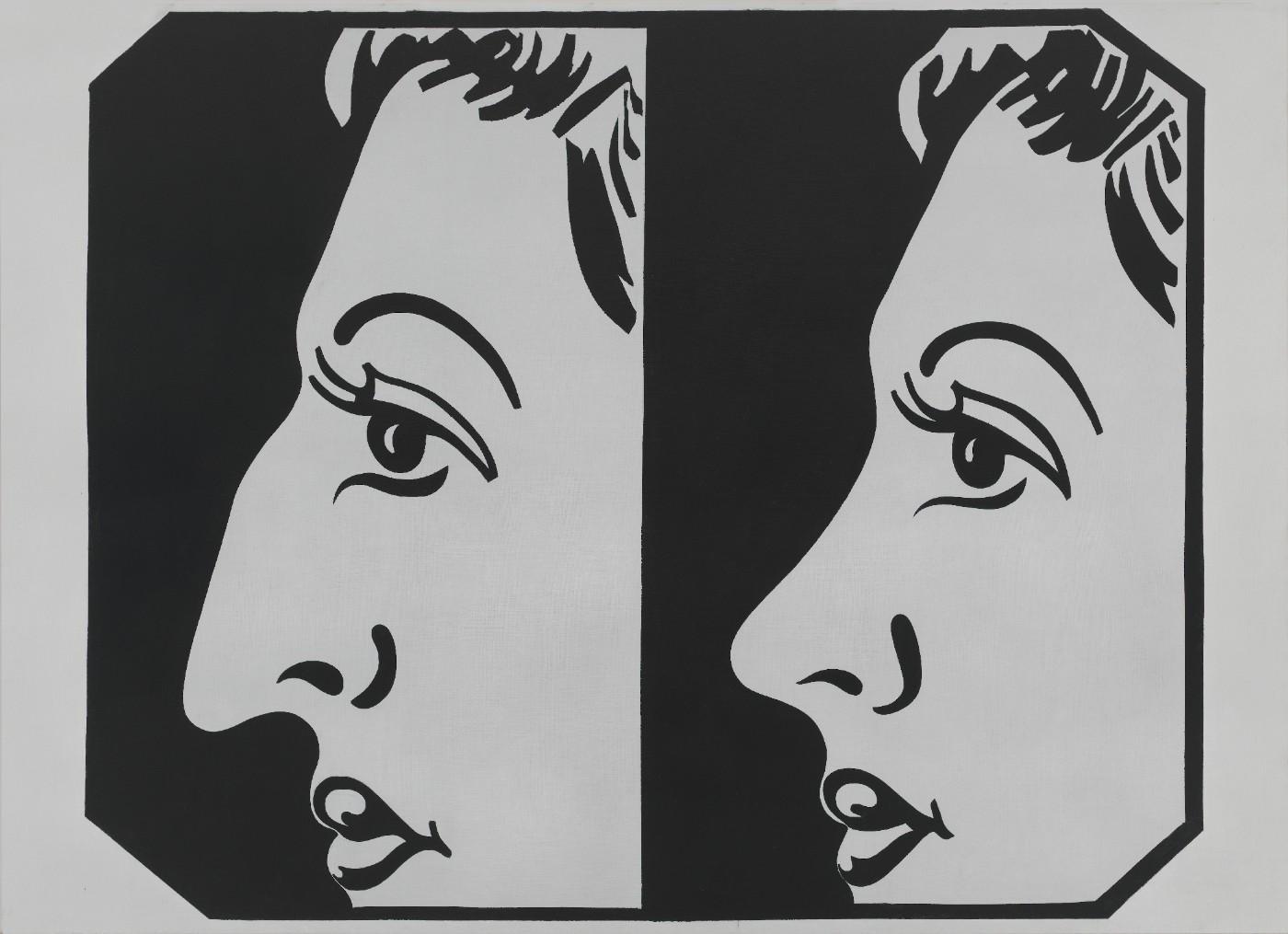
Andy Warhol (1928–1987), Before and After [4], 1962. Acrylic and graphite on linen. Whitney Museum of American Art.
“Perhaps more than any artist before or since, Andy Warhol understood America’s defining twin desires for innovation and conformity, public visibility and absolute privacy,” says De Salvo. “He transformed these contradictory impulses into a completely original art that, I believe, has profoundly influenced how we see and think about the world now. Warhol produced images that are now so familiar, it’s easy to forget just how unsettling and even shocking they were when they debuted.” She adds that his use of repetition, distortion, camouflage, incongruous color and recycling of imagery presage the effects and issues of the digital age.

Andy Warhol (1928–1987), Flowers, 1964. Fluorescent paint and silkscreen ink on linen. The Art Institute of Chicago.
Andy Warhol—From A to B and Back Again is on view at the Whitney Museum of American Art through March 31, 2019.




